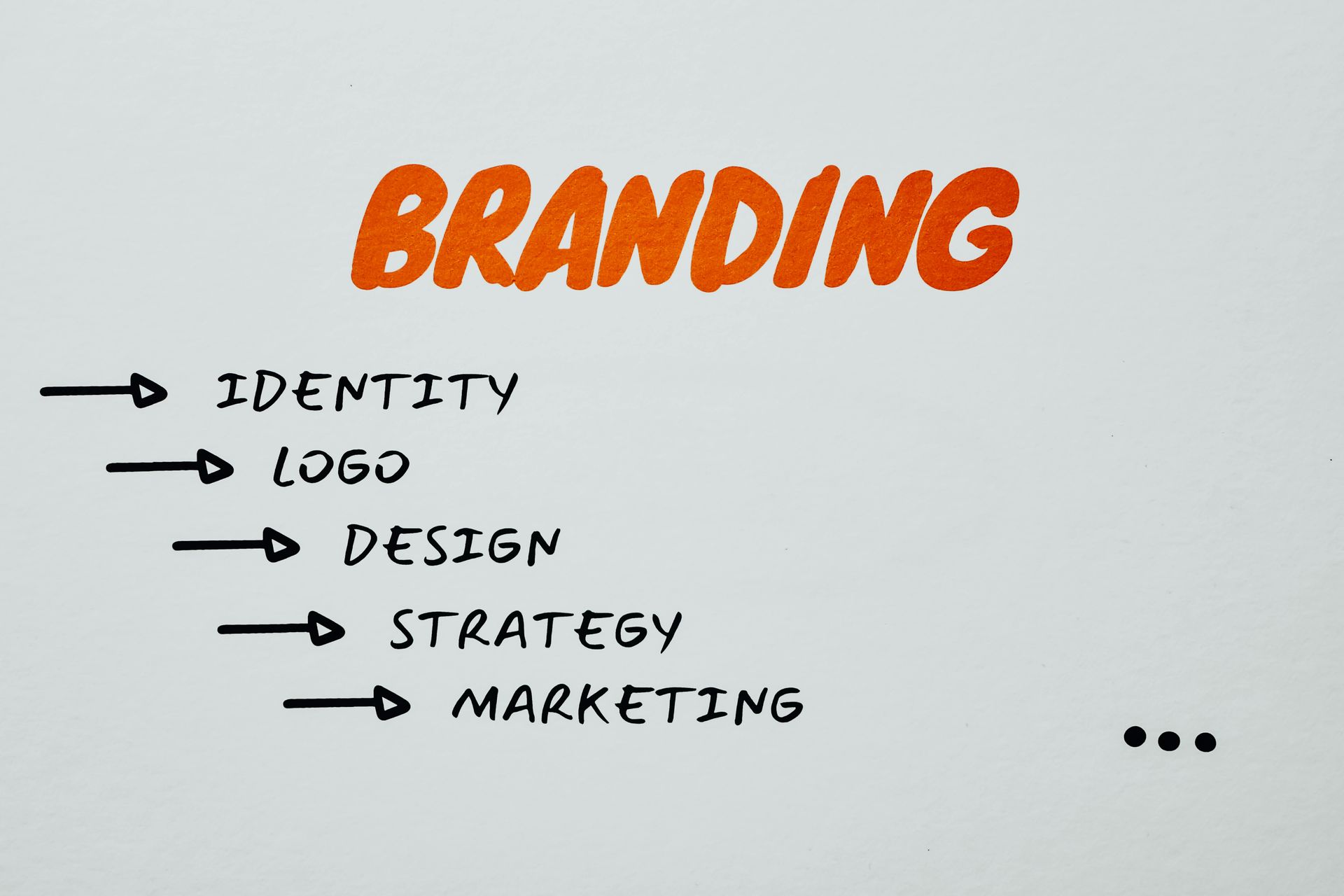A Small Business Guide to Cryptocurrencies

Cryptocurrencies aren’t new on the scene and blockchain technology has been adopted on many levels by larger enterprises for different processes. Until recently, however, cryptocurrencies (also called cryptos) weren’t something that small businesses could afford to accept or use — but that’s all changing with innovative tech tools that are cost-efficient and accessible regardless of annual revenue.
For entrepreneurs and small business owners who are on the fence about accepting and using cryptos, it’s worth looking into some of the benefits that could sway decision-makers to dive in.
Cryptos Are Safer
This is probably the biggest selling point for the adoption of cryptocurrency by small businesses. Crypto transactions are protected from fraud as each and every penny exchanged can be tracked using blockchain. While it may seem like a nebulous concept, it just takes a bit of education to understand how cryptocurrency works. There’s a short learning curve as using cryptos is essentially the same as banking online or sending money through a third-party app.
When it comes to accepting crypto payments, this is a huge advantage for customers who are concerned about the security of their purchase as it pertains to high-ticket, expensive items. Cryptos are also exchanged anonymously so shoppers could have the option to make these purchases without a record of their name attached.
The security of cryptos also insulates business owners from insider financial threats like employee embezzlement or misappropriation of company money. It’s not likely that every vendor or employee will want to accept cryptos as payment, but it’s a good way to mitigate risk for those that do deal in cryptos.

Cryptos Are Faster and Cheaper
Because cryptocurrencies are decentralized, parties within a transaction deal with each other instead of performing the exchange with an intermediary partner, platform, or market. Not only does decentralization lower processing fees, but it also cuts out time for the transaction to be completed. Global businesses also face the additional cost of exchanging paper currencies and conversion fees; cryptocurrencies are ubiquitous and there is no exchange rate fluctuation.
For entrepreneurs who may have already dabbled in cryptos or are keeping up with the latest news, crypto mining may be a feasible option to develop a new stream of passive income. This is not something for beginners, but it can be a next-level way to reinvest income and gain valuable experience trading cryptos to be ahead of the competition.
Cryptos Are Good For Branding
If there’s anything we learned from the rise of social media over the past several years, it’s a lesson about associating a brand to hot, trending topics. Right now, one of those topics happens to be cryptocurrencies. Create a buzz by being known as a small business that’s accepting cryptos or using them for business costs and expand visibility to a new demographic that generally tends to skew younger and be early adopters of popular tech.
The crypto market is still relatively niche and news travels fast; a business that makes waves for using cryptos will stay top of mind for many industry insiders. Building a reputation that caters to customer demands will increase loyalty, drive growth, and provide global accessibility.
Cryptos Are Not Perfect (Yet)
Like with any new business innovation, though, this is an investment that deserves research and guidance. Cryptos are volatile and largely unregulated; it’s easy to do major financial damage with uneducated guesses or buying into fly-by-night trading “programs”. Taxation on crypto revenue and gains is also unclear; for businesses that already have complicated tax structures, this could present an additional layer of complexity.
Ready to dive into cryptocurrencies? Work with industry peers or other entrepreneurs who have proven track records of crypto transactions and have experienced first-hand the growth that can come from adoption. There needs to be a solid game plan in play for this investment to provide a return in the form of business growth.
CDMS now has a full-time internal project management team as well as a network of trusted US-based vendors to deliver customized marketing services to almost 20 clients across the St. Louis Region. Get in touch with us today to help your business grow.
The post A Small Business Guide to Cryptocurrencies appeared first on Cole Dalton.










